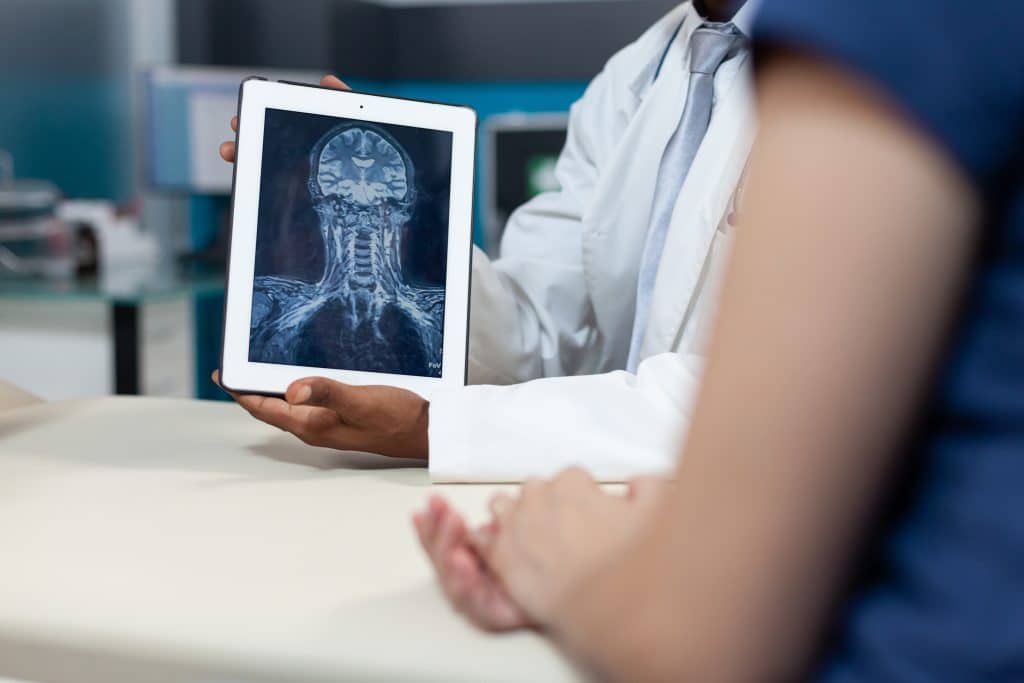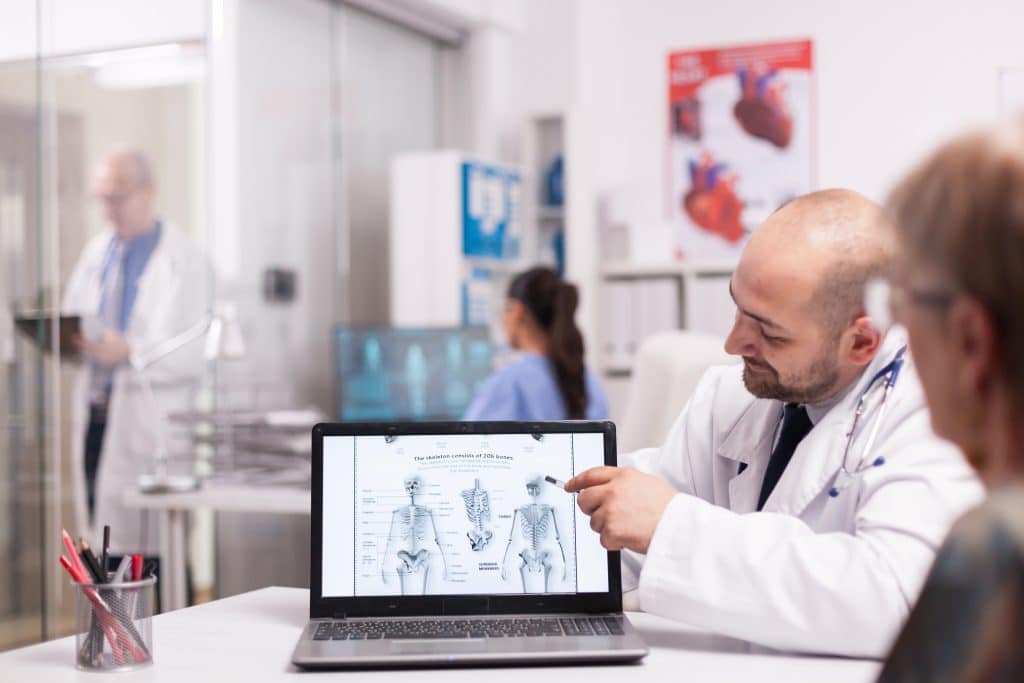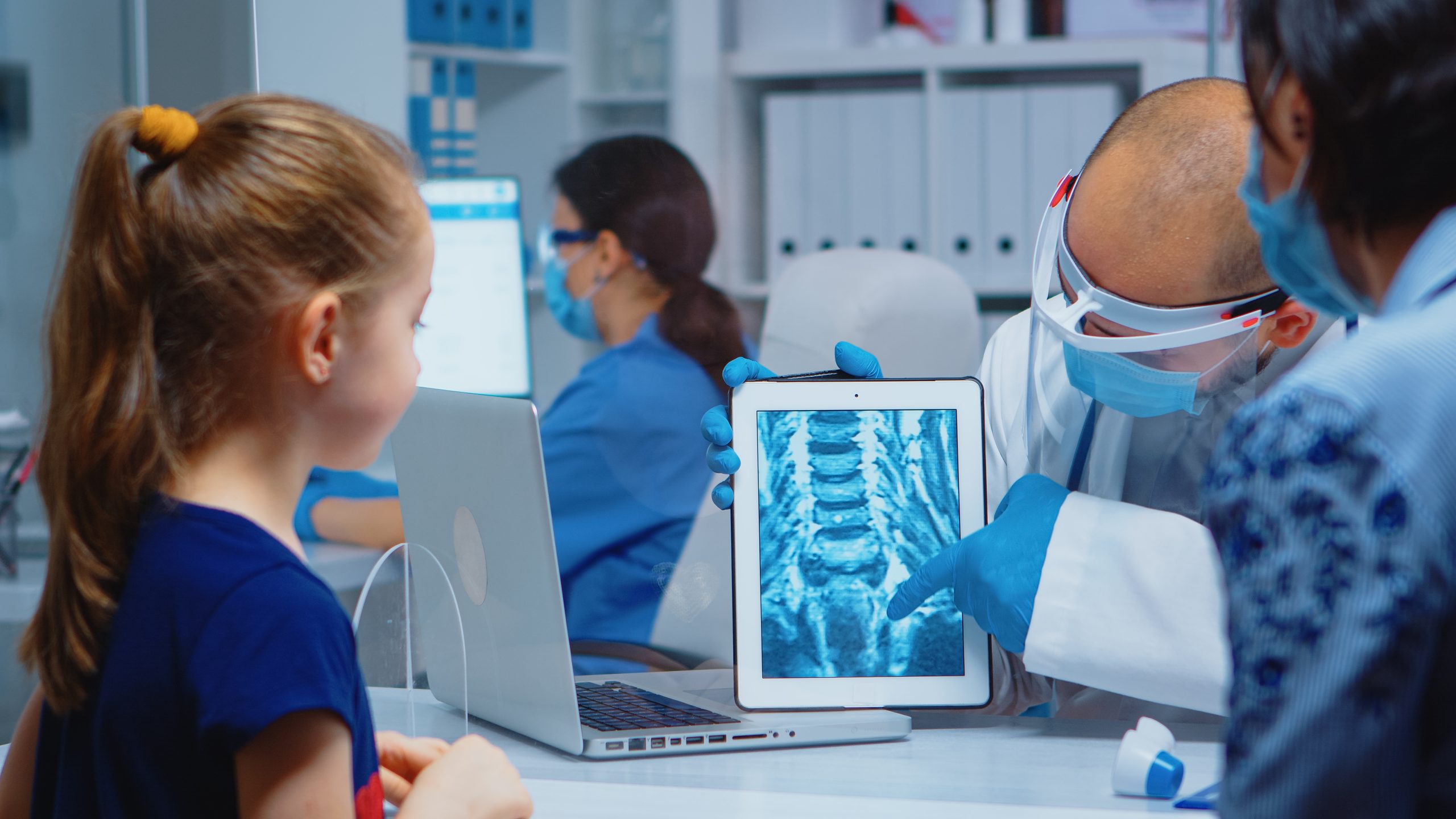X-Ray Clinic
Offering state-of-the-art Digital X-Ray imaging technology for enhanced diagnostic precision and faster results!
X-Ray Appointment Guide
What Is a Digital X-Ray?
Digital X-ray is a medical imaging technique that uses digital technology to produce highly detailed images of the body’s internal structures.
Unlike traditional film X-rays, which require a physical medium to capture images, digital X-rays use sensors to convert the X-ray energy into digital signals that are processed and displayed on a computer monitor. It allows for faster image acquisition, improved image quality, and more accurate diagnoses.


What Does a Digital X-Ray Include?
Digital X-ray is a medical imaging technology that enables healthcare professionals to peer inside the human body with incredible detail. A digital X-ray machine typically comprises four essential components—an X-ray tube, a digital sensor, a computer, and a specialized software.
The X-ray tube emits a small amount of radiation, which passes through the body and interacts with the digital sensor. This sensor converts the X-ray energy into digital signals transmitted to the computer. The specialized software then processes these signals to generate high-resolution images on a computer monitor.
Digital X-rays can reveal detailed images of the human bones, soft tissues, and organs. These images are incredibly accurate, and healthcare professionals can use them to diagnose medical conditions accurately. For instance, digital X-rays can reveal bone fractures, lung conditions, and dental problems.
Digital X-Ray vs. Traditional X-Ray: Know the Difference
Are you confused about the differences between the two? Let us help you.
- Traditional X-Ray
Traditional X-rays capture images of the body’s internal structures when the patient is exposed to a small amount of ionizing radiation. This radiation penetrates the body and is absorbed by the internal structures.
The radiation creates an image on the film, which a radiologist then develops and interprets. This process can take time, and the image quality can be affected by several factors, including patient movement, improper positioning, and low exposure.
- Digital X-Ray
Digital X-rays use digital sensors to capture images of the body’s internal structures. The sensors convert the X-ray energy into digital signals, which are processed and displayed on a computer monitor. This process is much faster and produces higher-quality images than traditional X-rays.
Digital X-rays also emit less radiation than traditional X-rays, making them safer for patients and healthcare professionals.
Schedule Your X-Ray Appointment Today
*Fields marked with an asterisk are mandatory.
What Are the Benefits of Digital X-Ray?
Digital X-Ray offers multiple benefits over traditional ones! Here are some major Digital X-Ray advantages to remember:
- Faster And More Efficient
Digital X-rays are faster and more efficient than traditional X-rays. The images are captured and processed in real-time, allowing healthcare professionals to view the results immediately.
- Higher-Quality Images
Digital X-rays produce higher-quality images than traditional X-rays. It is because digital X-rays have a higher resolution, allowing healthcare professionals to view the body’s internal structures with greater clarity.
- Lower Radiation Exposure
Since digital X-rays require less exposure time than traditional X-rays, they reduce the amount of radiation the patient is exposed to. It is particularly important for patients who require multiple X-rays over some time.
- Environmentally Friendly
Digital X-rays are environmentally friendly. Unlike traditional X-rays, which require film-processing chemicals, digital X-rays do not produce waste. They reduce the waste generated by medical facilities, making them more environmentally sustainable.
- Easier Storage And Transfer
Digital X-rays can be stored and transferred electronically. Healthcare professionals can access the images from any location, allowing for better collaboration.
When Do You Need a Digital X-Ray?
Digital X-rays have become an increasingly popular form of medical imaging due to their many benefits. But how can you determine when to undergo a digital X-ray?
- Trauma or Injury
If you have recently experienced trauma or injury. Digital X-rays can help identify fractures, dislocations, and other injuries that may not be visible to the naked eye.
- Chronic Pain or Discomfort
Chronic pain or discomfort in a specific body area may also indicate the need for a digital X-ray. It is especially true if the pain or discomfort has persisted for an extended time. Digital X-rays can help identify underlying medical conditions that may be causing the pain or discomfort, such as arthritis or osteoporosis.
- Screening for Medical Conditions
Digital X-rays screen for certain medical conditions, such as lung cancer or heart disease. Healthcare professionals may recommend a digital X-ray if you have a family history of these conditions or are at risk due to lifestyle factors such as smoking or obesity.
Digital X-Ray: Know the Complete Procedure at Valence Medical Imaging

Have a look at the below-mentioned steps to understand the digital X-ray procedure!
Step 1: Preparing for the Digital X-ray
Before the procedure, you must remove any clothing or accessories that may interfere with the X-ray image. You are given the apron during the X-ray procedure to get the clearest possible image.
Step 2: Taking the Digital X-ray
You are positioned on a table or stand, depending on the area of the body being imaged. The X-ray technician will position the X-ray machine and may use sandbags or other supports to help keep you in the correct position. The X-ray technician will then step behind a protective barrier while the X-ray is taken.
Step 3: Reviewing the Digital X-ray Image
Once the X-ray is taken, the digital image is immediately available for review by the healthcare professional. The images are displayed on a computer screen and can be manipulated to enhance specific areas of the image. It allows the healthcare professional to view the body’s internal structures more clearly and accurately.
Step 4: Interpreting the Digital X-ray Results
After the digital X-ray is taken and reviewed, the healthcare professional will interpret the results. It can help diagnose various medical conditions, from fractures and injuries to chronic conditions such as arthritis or osteoporosis. The healthcare professional may use digital X-ray images to develop an appropriate treatment plan for the patient.
How Long Does the Digital X-Ray Procedure Take?
The length of time that a digital X-ray takes can vary depending on the area of the body being imaged and the complexity of the procedure.
However, in general, the actual X-ray process is very quick, usually taking only a few minutes. The time it takes for the images to be processed and analyzed also varies, but digital X-ray results are typically available for review almost immediately after they are taken.
Experience the Best Digital X-Ray Services with Valence Medical Imaging!
Yes, revolutionize Your Medical Imaging with Valence Medical Imaging’s Advanced Digital X-Ray Services!
Valence Medical Imaging is proud to offer the latest digital X-ray imaging technology, providing unparalleled diagnostic accuracy and faster results for our patients and referring physicians.
Why us?
- Our advanced imaging equipment, coupled with the expertise of our certified radiologists and technologists, allows us to capture highly detailed images that enable us to identify even the most subtle abnormalities.
- We understand that timely and accurate diagnoses are crucial in providing effective medical treatment, so we prioritize efficiency and speed in our digital X-ray services.
- Our state-of-the-art equipment allows for quick image capture and processing, enabling us to provide results to referring physicians as soon as possible.
- We offer customized imaging solutions tailored to meet the specific needs of our patients and referring physicians.
- Our facilities are designed with patient comfort in mind, and our staff is dedicated to ensuring a seamless and stress-free experience.
At Valence Medical Imaging, we are committed to providing the highest care and expertise in digital X-ray services.
Reach out to us to learn more about our advanced digital X-ray services in Ontario and how we can assist you in providing the best possible care for your patients.
